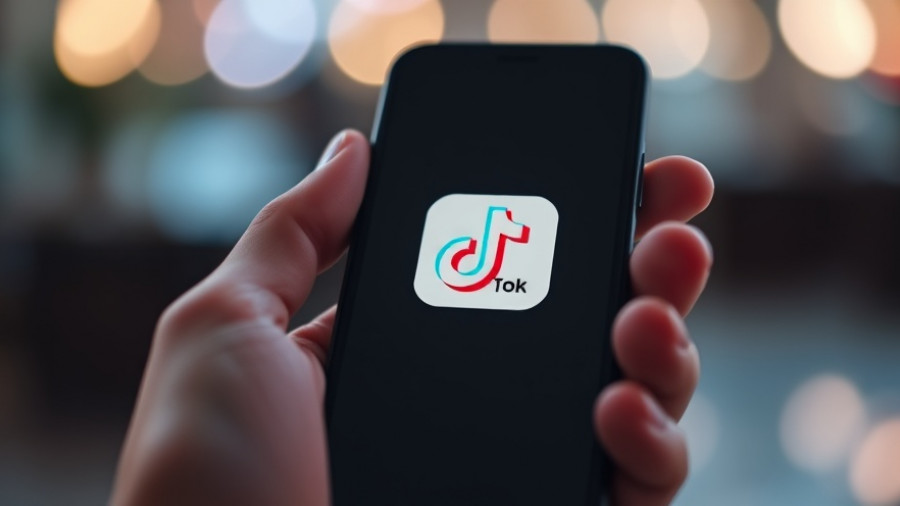
Crisis Management in the Spotlight: The Royalty Dilemma
The royal families of the Middle East are often seen as symbols of stability and power. However, the recent rise of social media has placed them under a new kind of scrutiny. The interconnectedness of platforms like TikTok, Instagram, and Snapchat has made it essential for royalty to adopt crisis management strategies that are not only effective but also relatable to the masses. In an era where a single tweet can spiral out of control, understanding the dynamics of crisis communication is more crucial than ever.
Understanding the Unique Challenges Faced by Middle Eastern Royalty
Royal families in the Middle East operate within a complex socio-political environment. Their actions are often judged by a diverse public, not just domestically but also internationally. Missteps in public relations can lead to rapid backlash, making it imperative for these leaders to stay ahead of potential crises. The challenge lies in navigating traditional media while simultaneously addressing the growing influence of digital platforms.
Key Strategies for Crisis Management
Here are some essential strategies that royal families can implement to enhance their crisis management capabilities:
- Proactive Communication: Engage with the audience before a crisis occurs. Transparent communication helps in building trust and credibility.
- Social Media Monitoring: Keep a close eye on social media trends and sentiments. Tools that analyze social media chatter can provide invaluable insights.
- Crisis Simulations: Conduct regular crisis management drills. These simulations can prepare teams for real-world challenges, allowing for quicker and more articulated responses.
- Engagement with Influencers: Collaborate with trusted social media influencers to convey messages effectively during a crisis. These influencers can provide a relatable voice that resonates with younger audiences.
Leveraging Technology for Effective Crisis Responses
In today's digital age, the tools available to manage crises are more sophisticated than ever. Artificial intelligence can analyze patterns in social media discourse, allowing for preemptive measures. Additionally, SMS alerts and social media broadcasting can ensure that critical updates reach the public without confusion.
Real-Life Examples: Success Stories in Crisis Management
History provides us with many examples of how proactive measures can turn potential disasters into manageable situations. For instance, the quick and transparent response by a prominent royal family during a public relations incident not only quelled the immediate fallout but also strengthened their bond with the public. Such successes highlight the importance of readiness and adaptability.
Future Prospects: Evolving with the Digital Landscape
The trajectory of crisis management for royalty will continue to evolve alongside technological advancements. As social media grows in influence, royal families must stay agile, modifying their strategies to meet the changing expectations of the public. A focus on authenticity will be paramount to maintain relevance in a rapidly changing digital environment.
Bridging Tradition with Modernity
By blending traditional values with modern communication techniques, royal families in the Middle East can offer an invigorated narrative that resonates with both young and older generations. The fusion of cultural heritage with contemporary strategies will pave the way for a more resilient public image.
 Add Row
Add Row  Add
Add 




Write A Comment